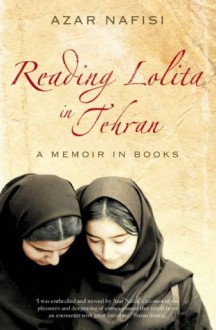For two years before she left Iran in 1997, Azar Nafisi gathered seven young women at her house every Thursday morning to read and discuss forbidden works of Western literature. They were all former students whom she had taught at university. Some came from conservative and religious families,...
show more
For two years before she left Iran in 1997, Azar Nafisi gathered seven young women at her house every Thursday morning to read and discuss forbidden works of Western literature. They were all former students whom she had taught at university. Some came from conservative and religious families, others were progressive and secular; several had spent time in jail. Shy and uncomfortable at first, they soon began to open up and speak more freely, not only about the novels they were reading but also about themselves, their dreams and disappointments. Their stories intertwined with those they were reading - "Pride and Prejudice", "Washington Square", "Daisy Miller" and "Lolita" - their Lolita, as they imagined her in Tehran. Nafisi's account flashes back to the early days of the revolution when she first started teaching at the University of Tehran amid the swirl of protests and demonstrations. In those frenetic days, the students took control of the university, expelled faculty members and purged the curriculum. Azar Nafisi's luminous tale offers a portrait of the Iran-Iraq war viewed from Tehran and gives us a glimpse, from the inside, of women's lives in revolutionary Iran.
show less






 9 years ago
9 years ago




 10 years ago
10 years ago